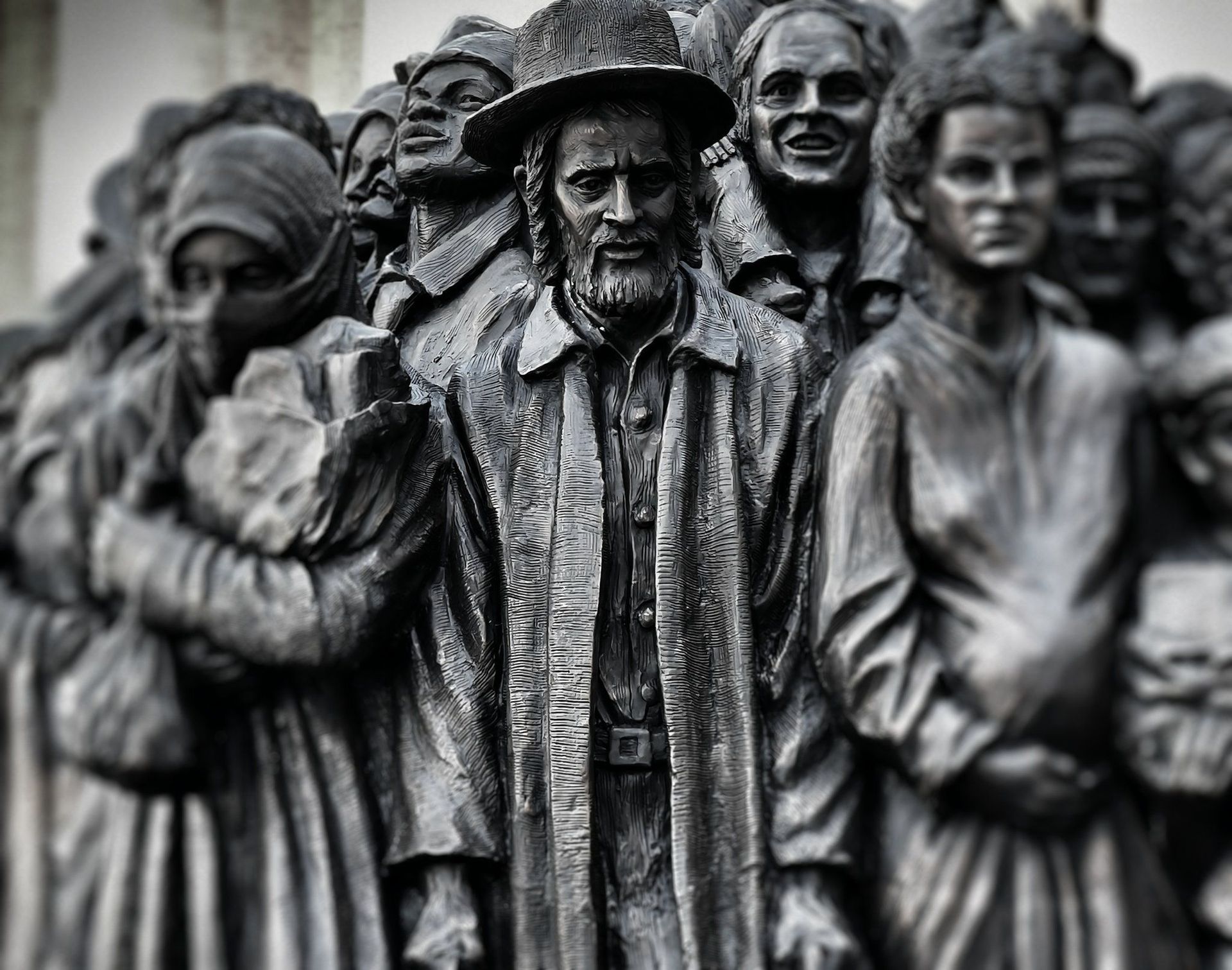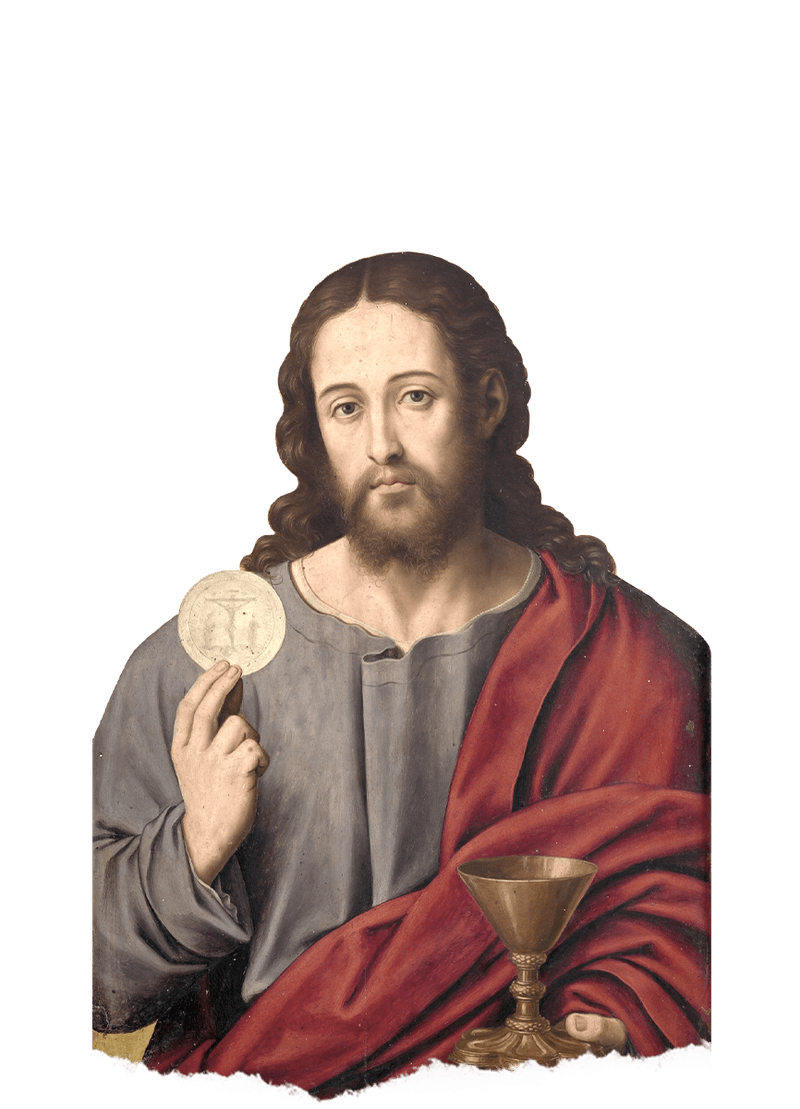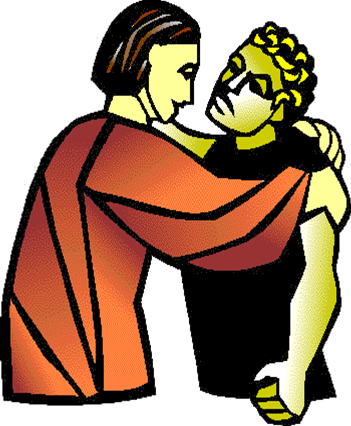It is highly alarming to hear from fellow Catholics of all ages, backgrounds and walks of life of the increasing disbelief and growing denial in the Real Presence of Jesus Christ in the consecrated host and wine. Whenever I hear stories of Catholics claiming that the consecrated host is just a …. (I can’t even put in words), I cringe! You said what! It is nauseating to say the least. I had to control myself but honestly, I cannot. No one should remain silent and pretend nothing happens. Otherwise, if we don't do anything with the false claim, there will be catastrophic results. It is happening. I have no option but to respond as charitably as I can to this blatant rejection of the sacred Catholic teaching. Who said that? Who told you that? Who taught you that? Where did you get that? Did you just read an article online? How did you arrive at this? Where is the basis of this claim? What are your sources? It is shocking to hear that the body of Christ is just a ... (sounds sacrilegious to even put it in writing). Catholics who claim this view have been poorly catechized. They are easily swayed by other beliefs because there is no firm ground and strong foundation in faith. Many, if not all are simply operating from what they learned in childhood catechism which is not enough to sustain and articulate the Catholic faith. As we grow, our sacrosanct religious beliefs will be tested by the church of the secular age. I don’t blame them. I feel sorry for them. What we can do is to strengthen Catechesis and offer avenues for spiritual and religious growth.
Catholicism has existed since the inception of Christianity. We have been there since day one. The fact that she (Catholicism) was not founded just a few years or decades ago, her teaching on the Eucharist takes you back at the beginning of Christianity (fresh from the oven), right from the very start - take it from the original company that is, from eyewitnesses (apostles and disciples of the historical Jesus) and continued in the apostolic tradition (church fathers – Saints Ignatius of Antioch, Polycarp of Smyrna, Irenaeus of Lyons, Cyril of Jerusalem, Ambrose of Milan, Augustine of Hippo, among others) to the reformation period all the way to the present time. Because of the questions regarding the Eucharist which needed reasoned explanations towards the end of the first millennium, the doctrine of Transubstantiation arose and formally defined at the Fourth Lateran Council in 1215. Catholic faith in the real presence of Jesus Christ is based in the faith-filled testimony of the Sacred Scriptures, Tradition and the Magisterium (the teaching authority) of the Church. In other words, faith. Anyone claiming to be a faithful and loyal Catholic must show respect to the sacred teaching founded even before the discovery of America and the birth of our great great grandparents. You just don’t wake up one day and tell everyone they are wrong because of an article online and/or that this person from a church you attended other than ours told you so.
We cannot fully explain how the invisible change takes place through the invocation of the Holy Spirit at the words of consecration spoken by the priest. However, the doctrine of Transubstantiation is the best way to explain the invisible change which employs ancient philosophical terms such as substance (invisible) and accidents (sensible/visible) with the help of Aristotelian philosophical analysis which at the turn of the millennium gained a lot of ground (renaissance). Transubstantiation states that the substance (exists only in the mind) of the body and blood of Christ is contained in the accidents of bread and wine. Once the change takes place, the bread becomes the body of Christ and the wine, the blood of Christ. The substance has changed. They ceased to exist and not co-exist as in the case of co-substantiation. They are no longer bread and wine but the accidents that is, the outside/sensible appearances of color, taste, smell of bread and wine, remain. This sacred belief does not depend on one’s personal view and opinion. It is an objective reality irrespective of what you think about it. You don’t say, for me…in my opinion…in my view…No, don’t go there. The mystics tried as best they can to employ a method of understanding an unseen reality. The substance of the body and blood of Christ cannot be seen in the Eucharist. Although it appears impossible to understand, it is not. We experience it everyday. The Eucharist is the deepest and innermost desire of the human heart, that is, intimate union with God. For modern people, heavily immersed in scientific discoveries/findings and empirical data, this is absurd, but in their doubt and confusion, it doesn’t mean they are correct in their observation and interpretation. The miracle of the Eucharistic presence cannot be tested by purely scientific method even the most sophisticated microscope. We cannot scientifically prove Real Presence as it lies in the realm of faith. Because it is a transcendent mystery which defies the laws of nature, we will always run short of our explanation using human language and symbols. This is so crucial in our belief as failure to understand this teaching leads to disastrous religious practices which is exactly what is happening.
Real Presence is a communion with God. The Eucharist is sharing in Christ’s body and blood. We become what we receive. You become what your heart is preoccupied. In the abundance of the heart, the mouth speaks. The Real presence is not a physical body of Christ, but it is connected to the historical body of Jesus as in the words of the institution. Real Presence is not a symbol nor a figure. If it is merely a symbol or figure, it will change our practices. We use lots of symbols during Mass, but this is different. A symbol points to a deeper reality other than itself. For example, a cross means resurrection, victory, etc. Real Presence is reality and truth itself. It affects our entire life. Amen.
PARISH BLOG



